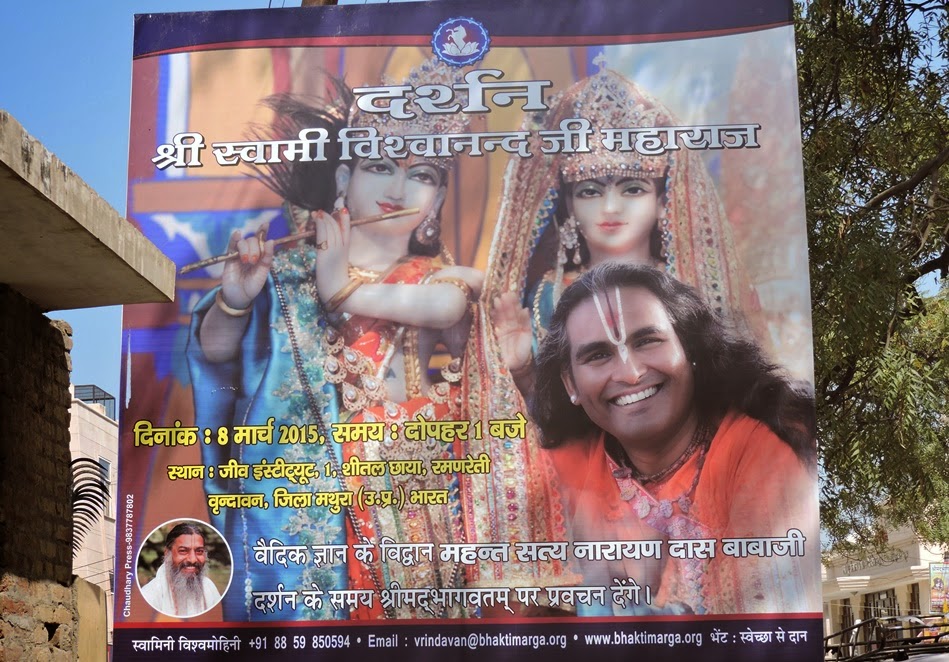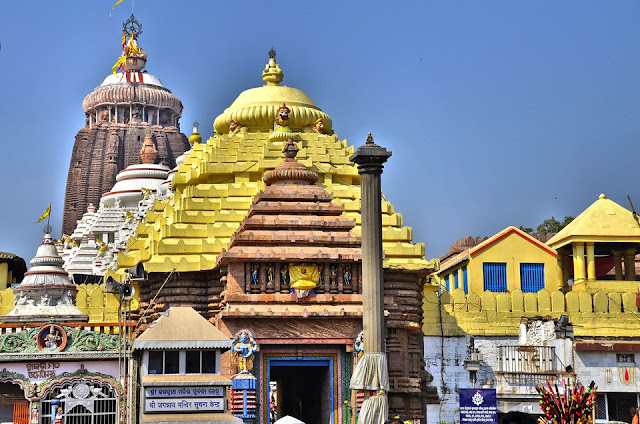Translating Vishnurata's Bhagavad-gita summary from French
One of my many projects is, as I have already mentioned, is a translation of a summary study of Prabhupada’s Gita by Quebec devotee Vishnurata Das. He is one of the original translators of the Gita into French and he has done a rather nice job of summarizing the essence of the verses and purport, mixing them together into a coherent whole that builds up a pretty good pace.
Anyway, ever on the lookout for things that promote my conception of sadhana, I pluck out the following from the ninth chapter, which is a commentary on 9.16-19. No doubt my reading is somewhat different from the author’s, but it just goes to show how razor thin the difference separating Sahajiya understanding from the orthodoxy is.

Anyway, ever on the lookout for things that promote my conception of sadhana, I pluck out the following from the ninth chapter, which is a commentary on 9.16-19. No doubt my reading is somewhat different from the author’s, but it just goes to show how razor thin the difference separating Sahajiya understanding from the orthodoxy is.
In fact, all that exists is nothing but a manifestation of the Supreme Being. No matter what we may think, the Absolute is not indefinable, but is on the contrary perceptible in everything that attracts, preoccupies and fascinates us. It is up to us to establish the necessary connections that are needed to recognize His presence in everything that surrounds us, whether it is the wonders of nature or the treasure house of creatures that fill our world. God is simultaneously the energy that keeps us alive and in the death that mows down everything in its path; for Him there is no distinction between matter and spirit, since He is both one and the other, the Origin and the End of all that is, the Alpha and Omega, the Cause of all causes.From the 15th chapter:
To better understand this image, it is enough to look at a body of water in which the nearby trees are reflected: the roots are above and the branches below. In other words, the symbolism of this metaphor arises from the fact that the material universe is nothing more than a reflection of the spiritual world. Misled by our desires and our attachments, we let ourselves be dazzled by the reflected glare of matter, and forget that whatever surrounds us has its real and durable existence in the spiritual world—in forms infinitely purer and more radiant. In short, reality is not in the mirror, but in the object that is reflected in it. The material energy and the splendors it displays do not, strictly speaking, have any substance. Only their origin is tangible, eternal and the source of real satisfaction. (Ch. 15)From the 16th:
Self-control. Even though this quality applies to all sections of society, it is especially meant for the grihasthas, who must avoid giving themselves over to unregulated sexual intercourse, which would produce children they would be unable to raise in spiritual consciousness. (Ch. 16)Similarly, from Satya Narayan's Bhagavat-sandarbha:
Devotees have a totally different vision of the universe. They see everything in relation to Krishna. Owing to this understanding, they do not abhor it, but try to use everything in the service of the Lord. And although Lord says that sense objects are the sources of misery, duḥkha-yonayaḥ, they become the source of pleasure for devotees, having been offered to the Lord. (Section 28.13, commentary)So this is all in favor of seeing sexuality -- and not just the reproductive side -- as being an appropriate candidate for yukta-vairagya.




Comments